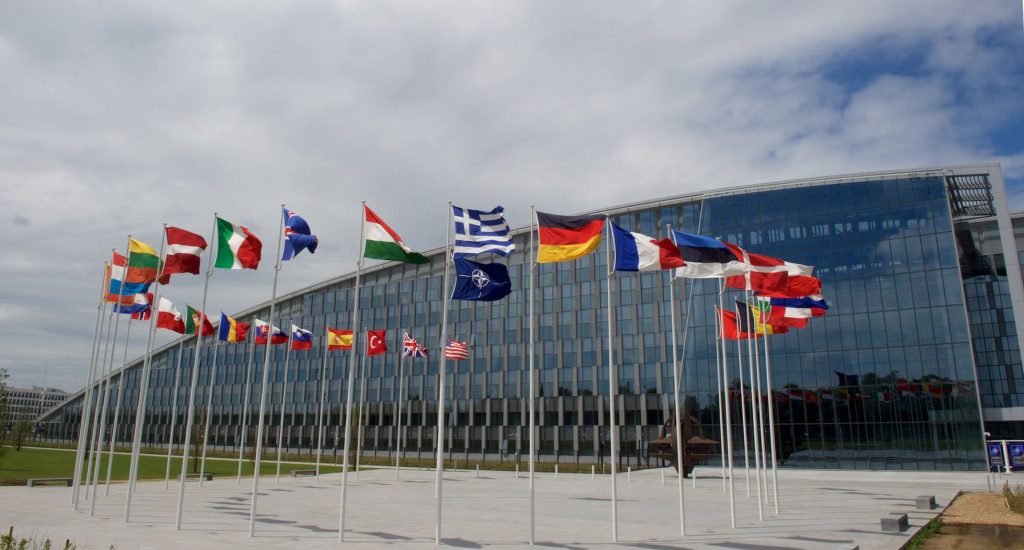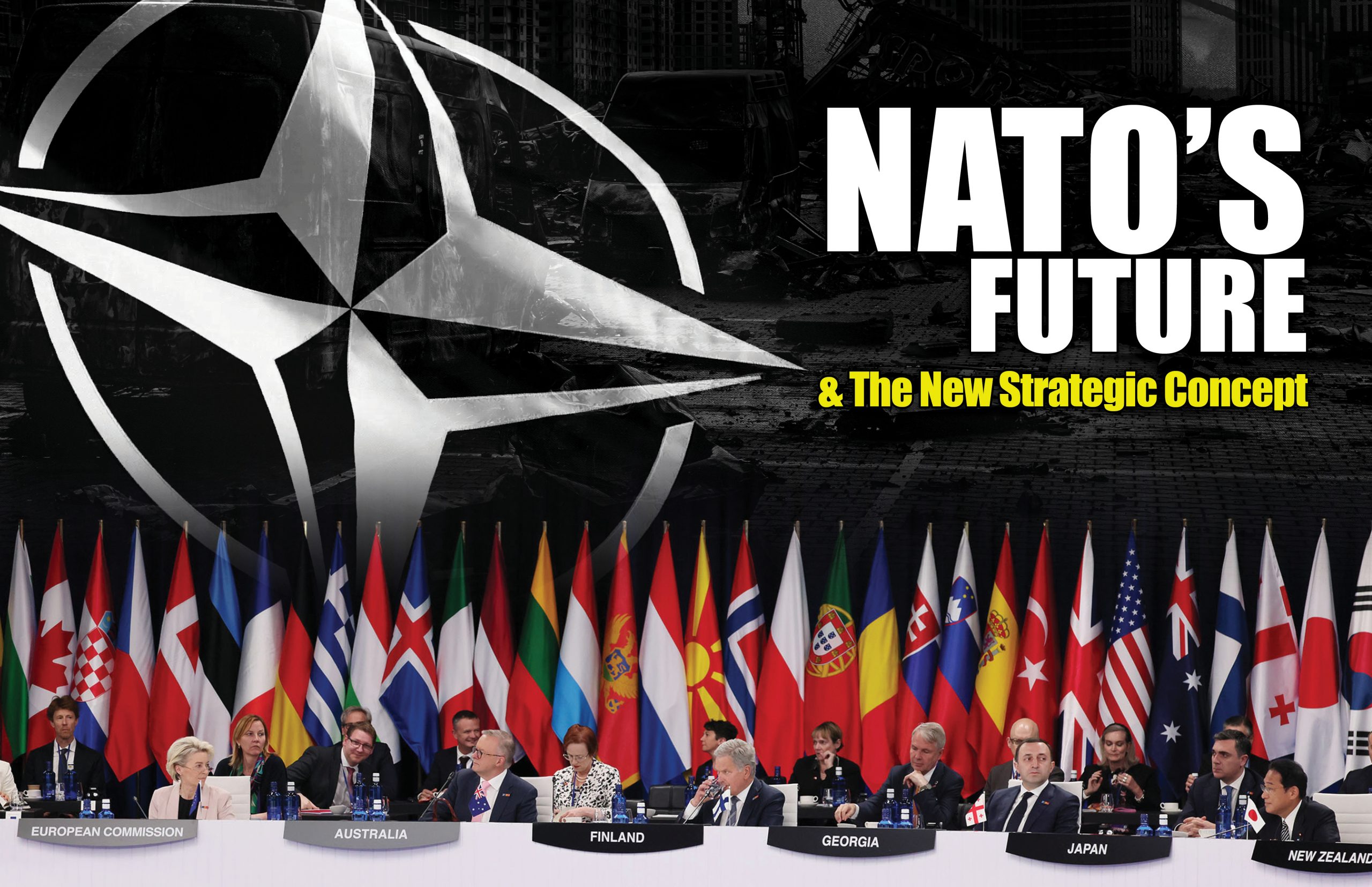Historical Perspective of NATO’s Madrid Strategic Concept
The North Atlantic Treaty Organisation (NATO) has undergone various transformations since its inception in 1949, not least in its strategic concept. In the aftermath of World War II, NATO’s main purpose was to safeguard the security and defense of the United States and its European allies from the Soviet Union during the Cold War era. The original strategic concept revolved around this idea of collective defense and deterrence.
However, with the end of the Cold War in 1991, NATO’s strategic concept underwent a significant shift. The organization expanded its scope beyond collective defense to take on roles in crisis management and cooperative security. This shift is closely tied to the Madrid Summit in June 1997, where a new strategic concept was adopted. The Madrid Strategic Concept addressed the new threats and challenges facing NATO and its member states, including the rise of non-traditional threats such as terrorism, cyberattacks, and the proliferation of weapons of mass destruction.
While the strategic concept adopted at the Madrid Summit was considered groundbreaking at the time, the rapidly evolving geopolitical landscape necessitated further revisions. The events following the collapse of the Soviet Union, including the inclusion of new members from Central and Eastern Europe, significantly impacted the security dynamics in the Euro-Atlantic region. Thus, NATO was compelled to revamp its strategic framework and adapt to the new security environment.
Addressing Beyond Ukraine: New Challenges for NATO
Today, NATO faces new challenges with mounting tensions amidst the resurgence of great power competition with countries like Russia and China. This has led to a shift in the focus of NATO’s strategic concept once more. In line with this, the future of NATO will have to see the organization broaden its horizons to address new geopolitical and security dilemmas that extend beyond the traditional Euro-Atlantic zone.
The United States and its allies have to consider the security challenges emerging from the Middle East and North Africa, such as the unsettling impact of climate change and the implications of disruptive technologies. Similarly, NATO’s strategic future planning will have to consider four key regions: Eastern Europe, the Middle East, Black Sea, and North Africa. These regions pose a myriad of challenges and opportunities in the ever-changing global security landscape, requiring a more proactive and comprehensive approach from NATO.
At the same time, NATO must grapple with issues related to burden sharing and defense spending among member countries, particularly against a backdrop of economic uncertainty and mounting pressure from the United States. Contending with these diverse challenges necessitates a more robust, dynamic, and responsive NATO strategic concept.
Concluding Remarks on NATO’s Future
In envisaging the future of NATO, the organization must adapt to new geopolitical challenges and reformulate its strategic concepts to stay relevant in the 21st century. NATO’s role should extend beyond traditional collective defense strategies and embolden itself to address emerging threats.
The transformative journey for NATO involves two primary aspects: territorial defense with great power competition, mainly with China and Russia, and cooperative security emphasizing tackling new challenges like climate change, cybersecurity, and emerging and disruptive technologies.
Author Background
As a Senior Fellow in foreign policy studies at a New York think-tank, my work revolves around studying the geopolitical dynamics of the Euro-Atlantic region. I extensively research NATO’s strategic transformations and am keenly interested in the future direction of this critical alliance.
Share this Information about NATO’s Future
This analysis remains a central resource for those keen to understand the evolving role of NATO in modern times. Sharing such information helps in promoting informed discussion on the critical matters of international security.

Further Related Readings on NATO’s Evolution
For those interested in digging deeper into these issues, I recommend reading official NATO documents, including the NATO Strategic Concept, adopted at successive NATO summits.
Exploring FOUR KEY REGIONS in NATO’s Future Planning
In its future strategic planning, NATO will need to consider the four key regions of the Euro-Atlantic area: Eastern Europe, the Middle East, the Black Sea region, and North Africa. Each region presents a unique set of challenges and opportunities for NATO and its member states.
Delving into FOUR PRIMARY ISSUES for NATO’s Transformation
A few fundamental issues warrant NATO’s focus moving forward. Enhancing collective deterrence and defense capabilities, effectively sharing the burden, managing crisis situations, and working on cooperative security arrangements are some of the critical areas where NATO needs to concentrate.
Subscribe for Weekly Updates on Foreign Policy
For those interested in staying updated on these issues, consider subscribing to get weekly updates on foreign policy matters and developments around NATO. Stay informed and increase your understanding of the complex dynamics shaping the world of foreign policy today.




